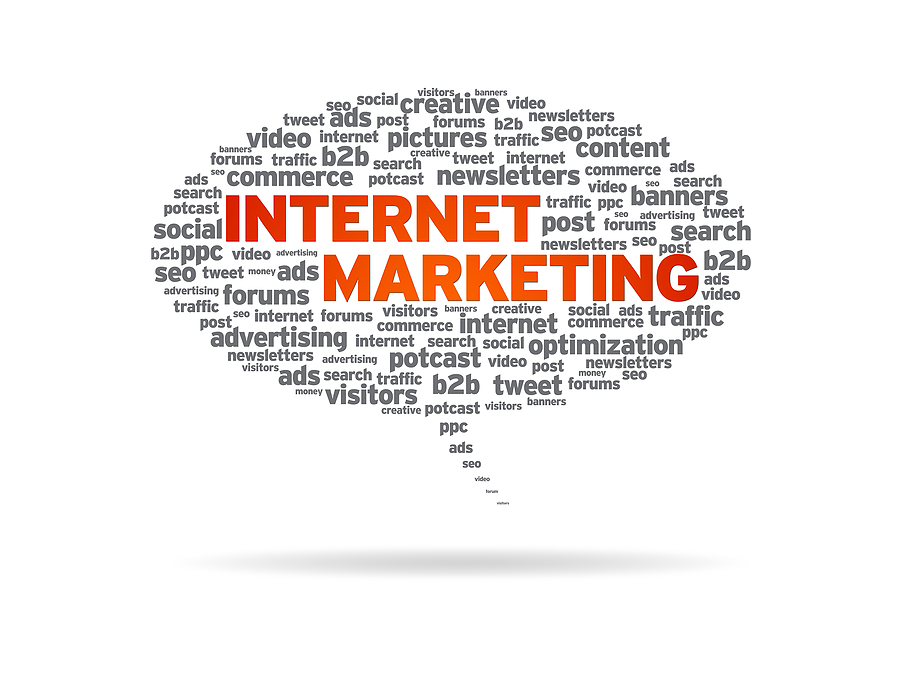It wasn’t that long ago when the architecture, engineering and construction (AEC) industries looked down on the idea of marketing and self-promotion. For the most part that has changed today, but in many firms the role of marketing is still dominated by proposal generation leaving little time remaining for analytical thinking about markets and audiences. The industry continues to be behind the curve as compared to other professional service fields.
The role of the web in AEC marketing is no exception. Having a presence online is the norm. Every firm has a website, because everyone expects to find your firm online. While each day, more AEC firms are adding social media tools into their online mix, many more are still reluctant to commit, clinging to the myths about social media’s relevance and purpose.
But even the firms that have embraced social media wholeheartedly tend to be using it as a soft sell compared to the online marketing machines that are bringing in new leads daily for other professional service industries. According to Hinge Marketing’s recent report “Online Marketing for Professional Services Firms,” purchasing decisions are influenced by social media – videos, testimonials, photos, stories. These are the elements that distinguish one firm from another. If a prospective client searches for you online, and you’re not there, they will find your competitor.
The report focuses on five professional services groups – marketing/communications, technology services, management consulting and accounting finance and AEC – and suggests that there is a connection between online lead generation and the growth and profitability of a company. Of the professional services firms they surveyed, those that generate a higher percentage of leads online grow faster and are more profitable. Unfortunately, they also found that very few AEC firms generate online leads at the benchmark rate of 40% or more and that AEC has the lowest growth rate out of all the surveyed professional service industries.
Could this be because of its low level of online lead generation?
The AEC firms that were more active online, developed a community and showcased unique assets such as a video saw an increase in new clients and more positive mentions about them online. One featured case study that supports the connection between online lead generation and company growth is the architectural firm Modative. About 90% of Modative’s leads come through the website. The firm receives about four warm online leads a week and its web traffic has increased from 10 visits a week to 400 per day in a short time by using search engine data available through tools like Google Adwords to find good keywords that increased search engine traffic. Modative wrote several pieces of educational content on the topic of “small lot subdivisions” and uploaded to their website in their Resources section and requiring an email address to download each piece. This contact info is added to the firm’s list of leads and becomes part of their sales pipeline.
One fascinating twist in their findings is that the AEC industry uses social media for recruiting more than any of the other industries. Perhaps there are lessons AEC marketers can learn from colleagues in the recruiting department.
If architects and engineers follow the online marketing trends of other professional services groups, could the industry see exponential growth, profitability and a new way to do business?
What do you think? Is online marketing the future for your firm?

